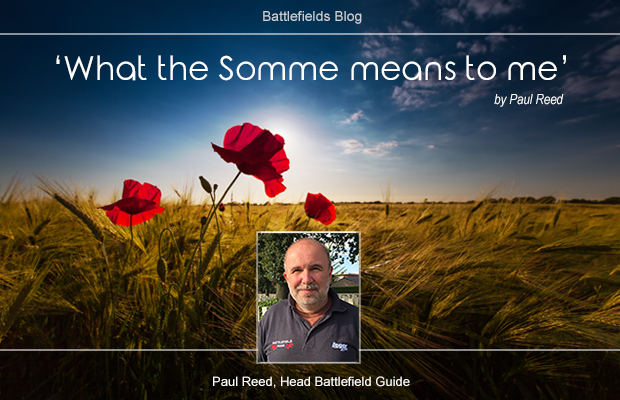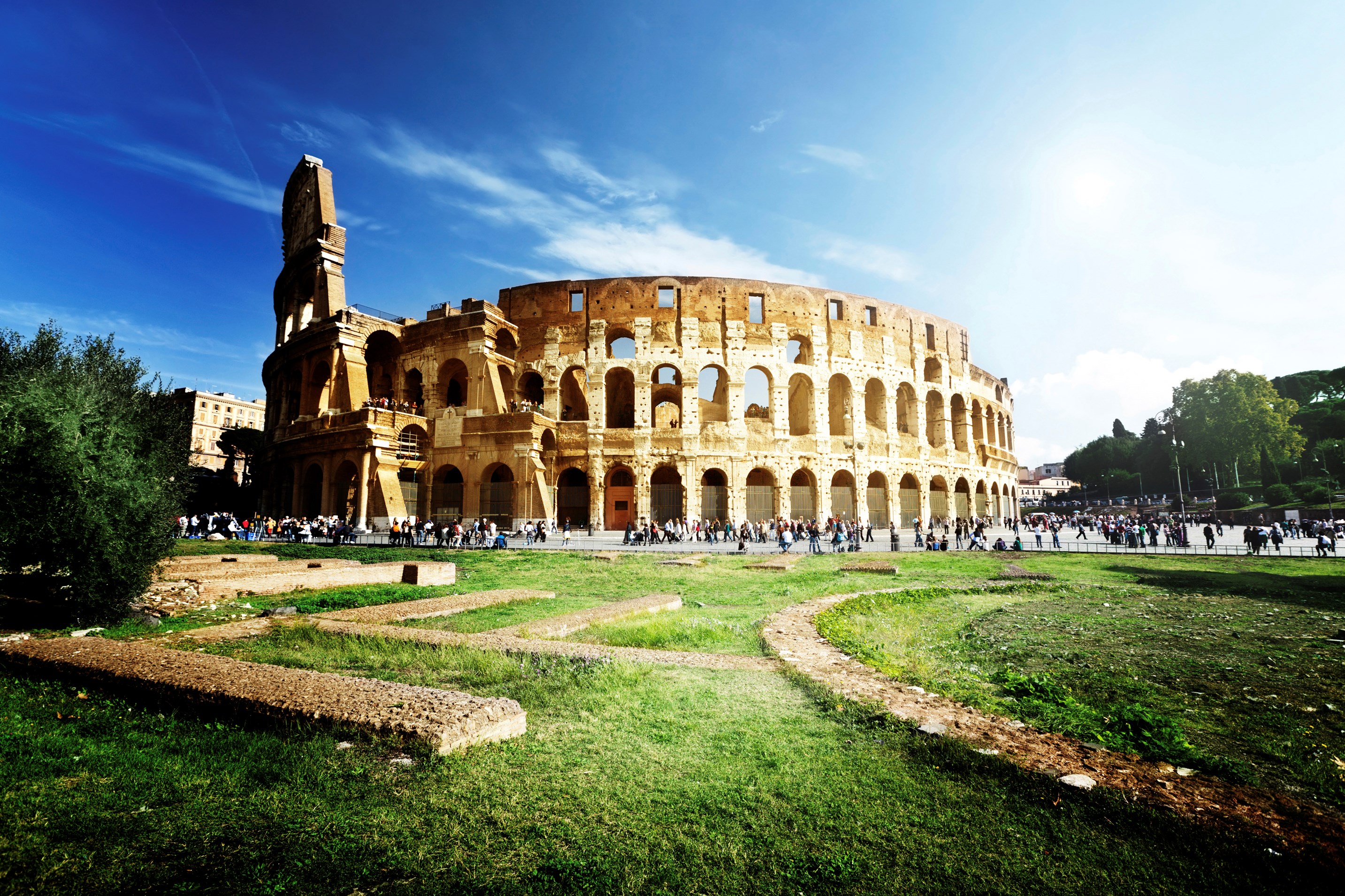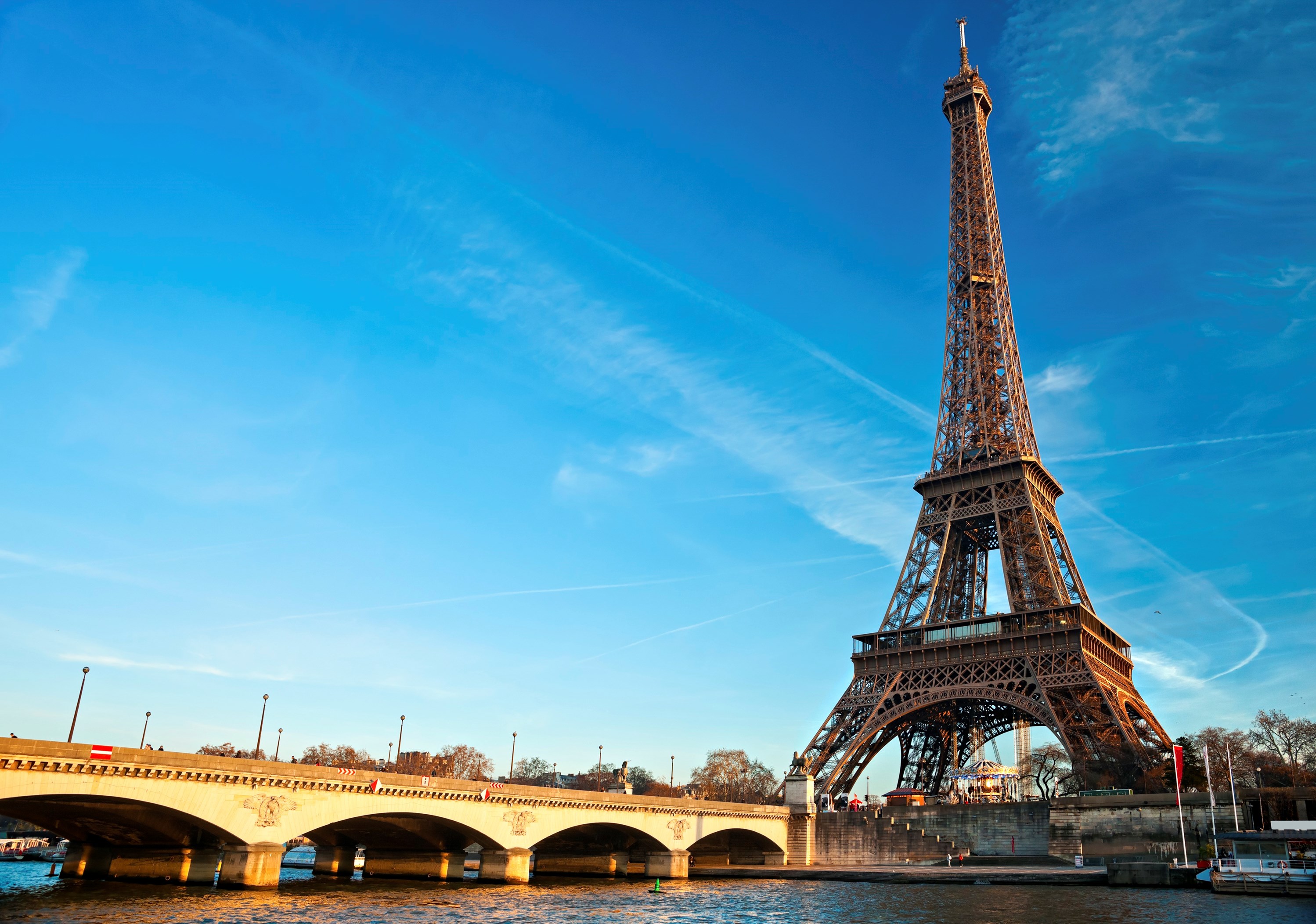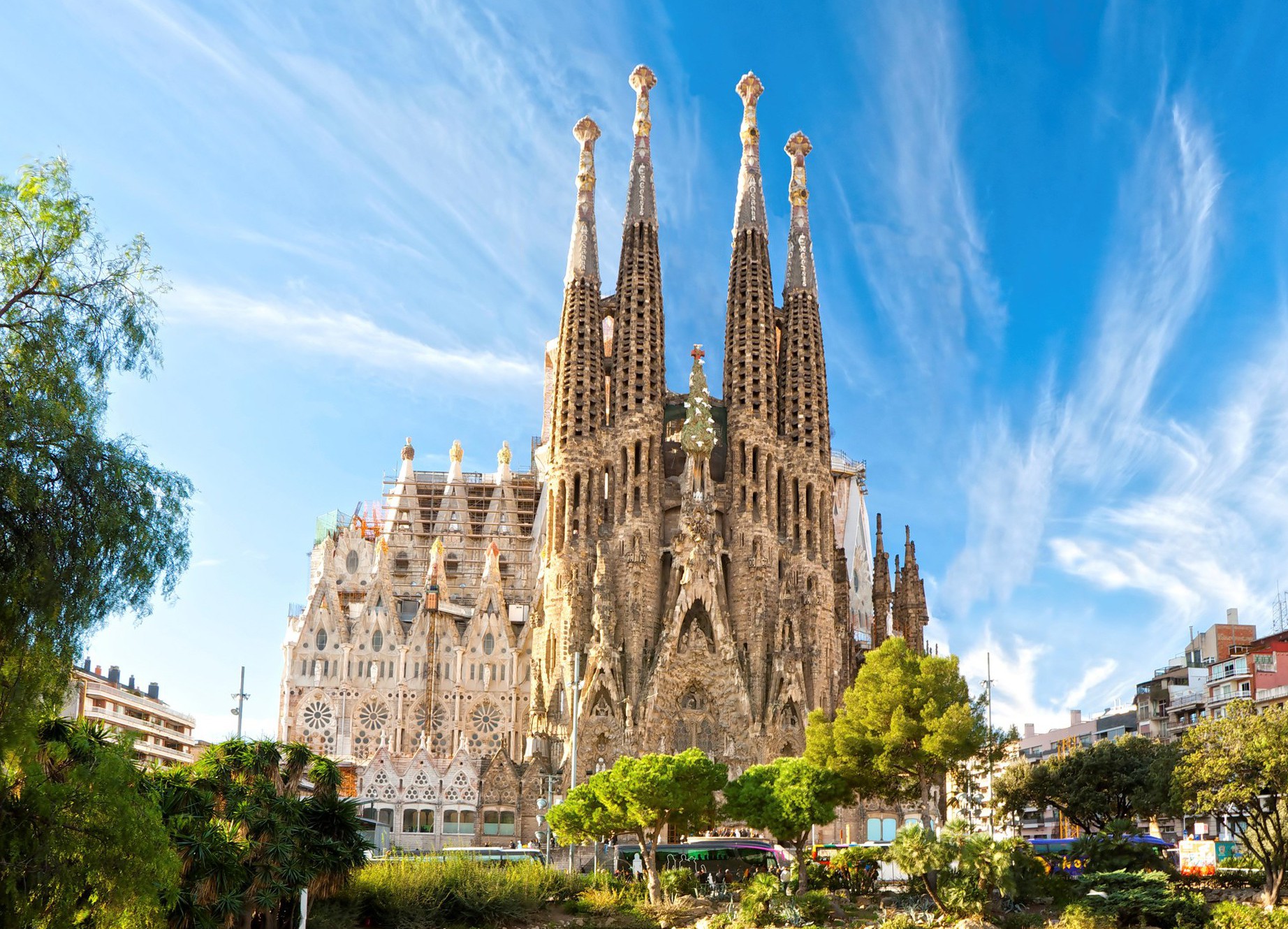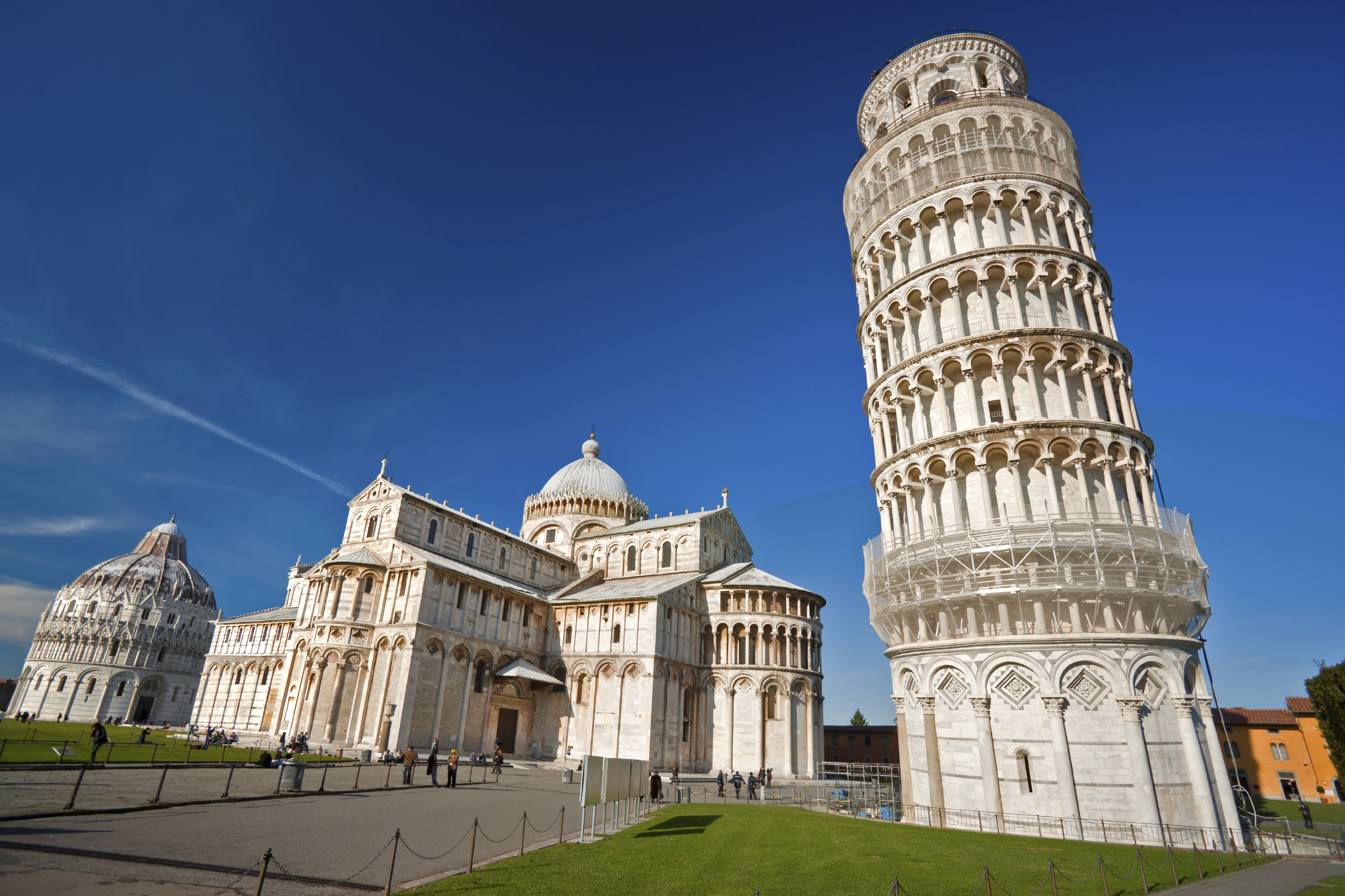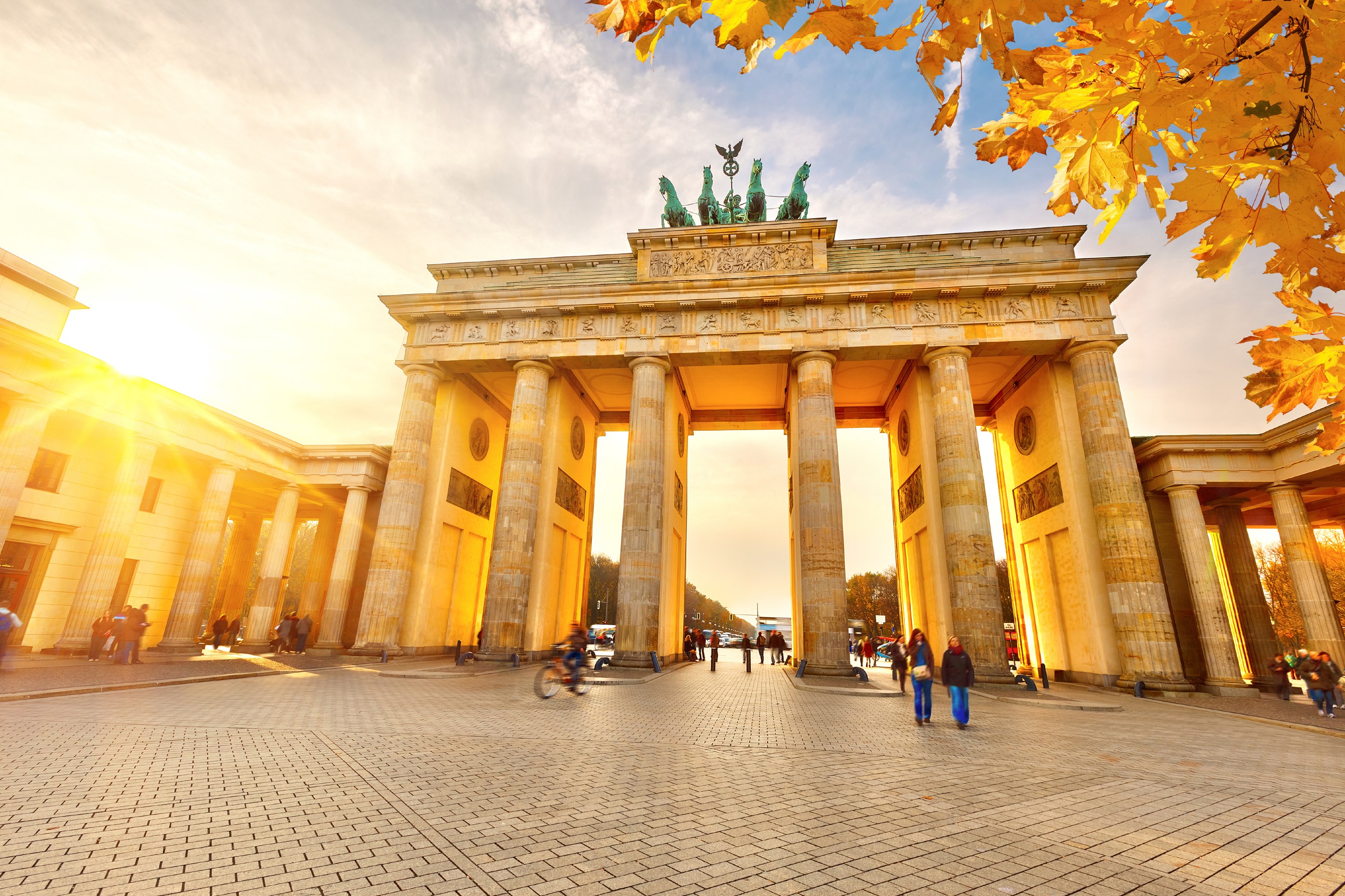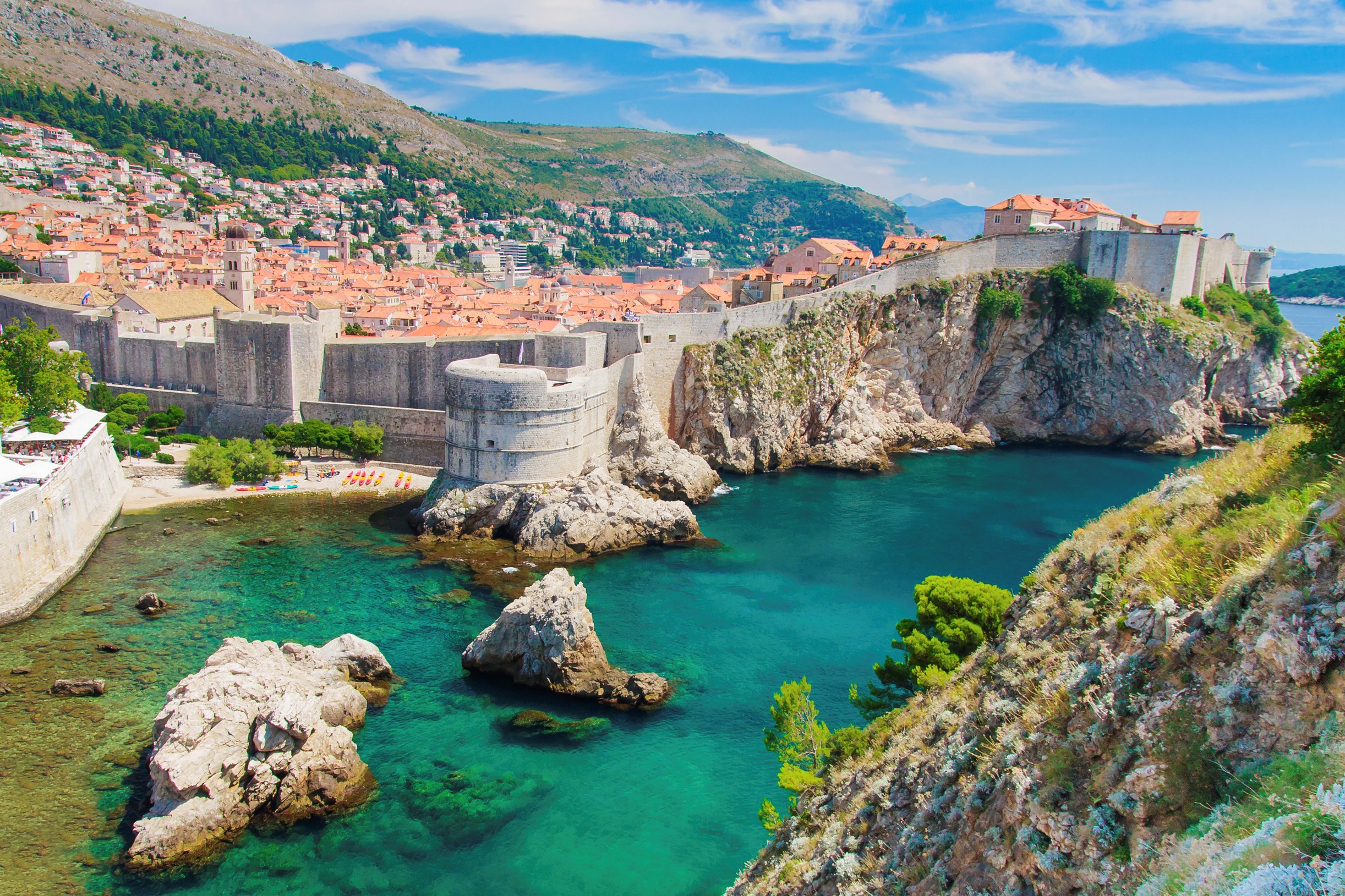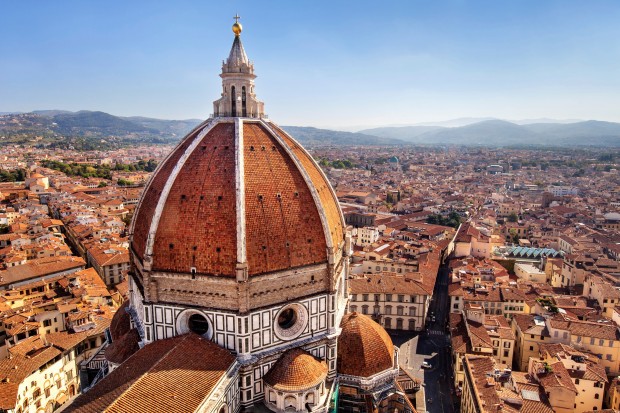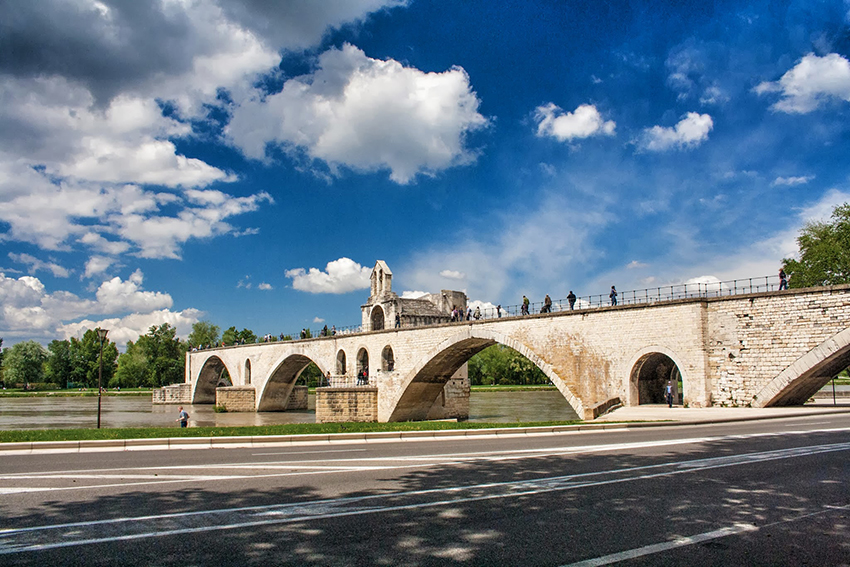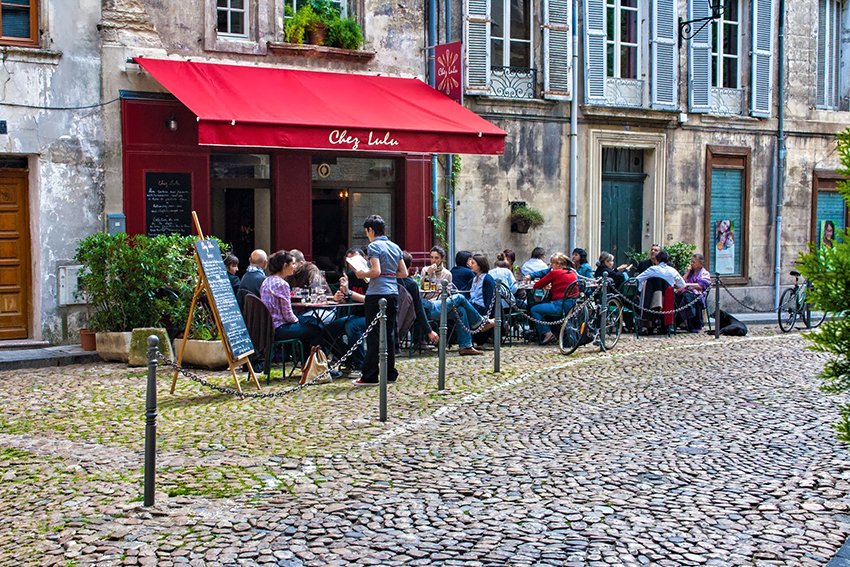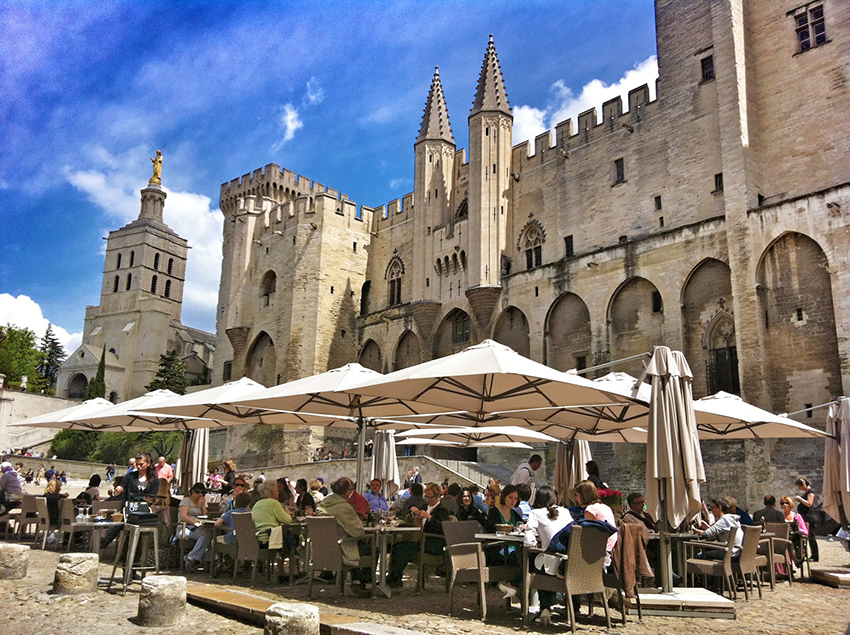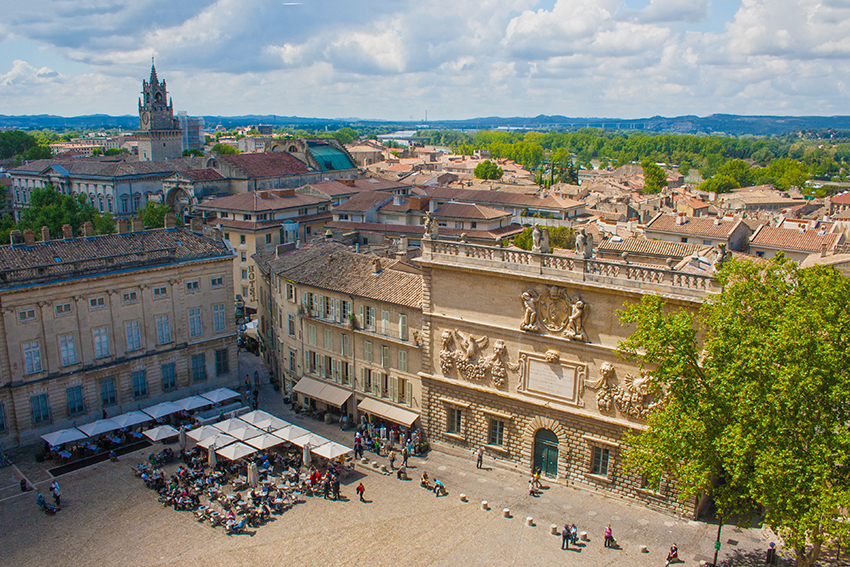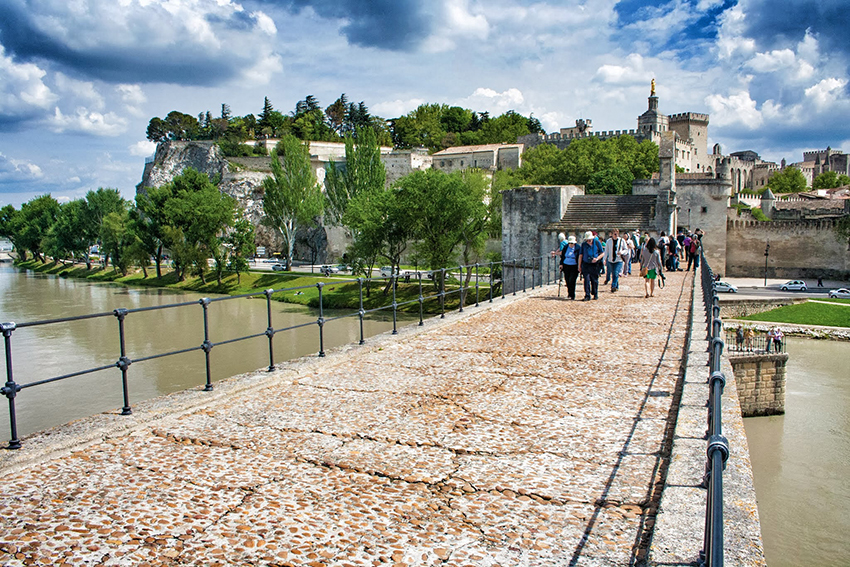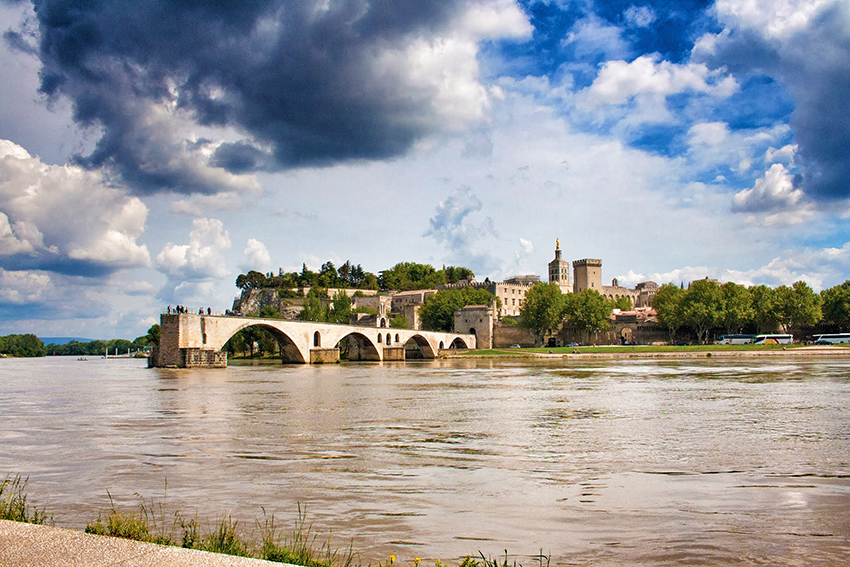I grew up on stories of the First World War from my grandmother: in 1916 she was a young girl in Colchester and remembered the wounded at the local station still with Somme mud on their uniforms, and recalled, often with tears, her own lost generation of cousins who never came home.
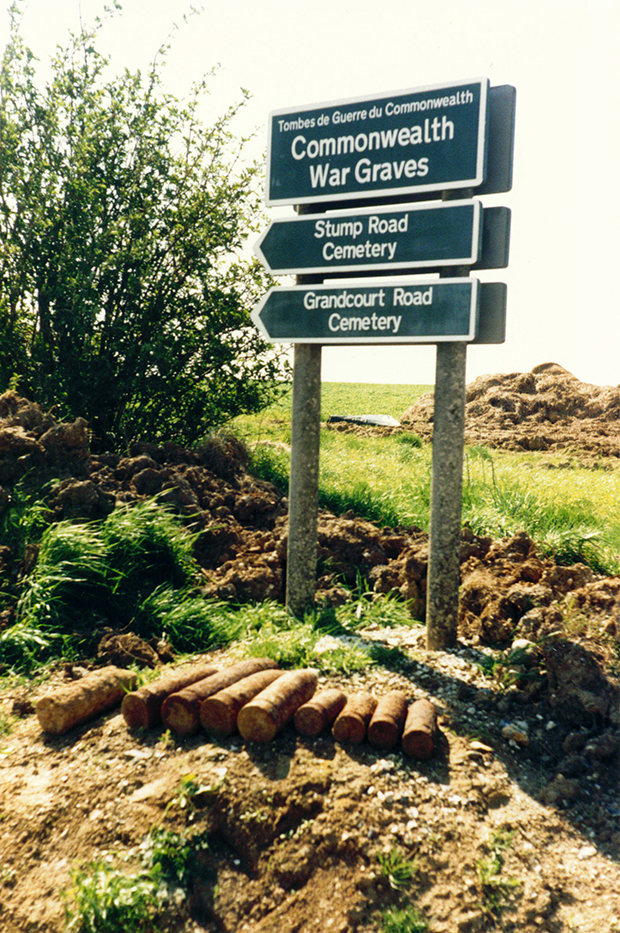 After years of reading about it, one summer more than 35 years ago I found myself walking the dusty tracks out from the town of Albert onto the fields and through the woods where this momentous battle took place. Walking the ground added a new dimension to my understanding not just of the Somme, but the whole First World War.
After years of reading about it, one summer more than 35 years ago I found myself walking the dusty tracks out from the town of Albert onto the fields and through the woods where this momentous battle took place. Walking the ground added a new dimension to my understanding not just of the Somme, but the whole First World War.
The ridges and the woods, and how they dominated the battlefield all made perfect sense and as I visited the area more and more it was clear the Somme was like many battlefields: it was a huge jigsaw of many pieces and gradually through visiting and researching, its story unfolded, the pieces came together, and it all made sense.
So many places on the Somme hold special memories for me during these early years of visiting: at Gommecourt I got access to a wood where one of the Great War veterans I knew had been dropping shells from his siege guns. Incredibly I found shell holes among the trees caused by his very guns!
Serre
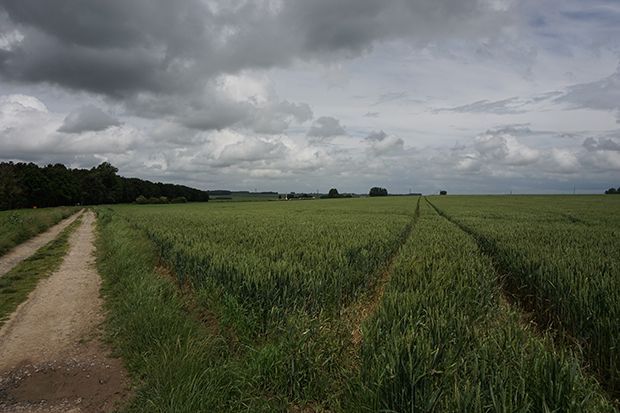
Serre was always a special place to walk the ground, as I had interviewed veterans from Accrington, Barnsley, and Sheffield who had fought there. One thing they all recalled just before the whistles blew were the sound of skylarks singing high in the summer sky above the carnage that was about to unfold: and skylarks still sing at Serre, evoking those memories even a century later.
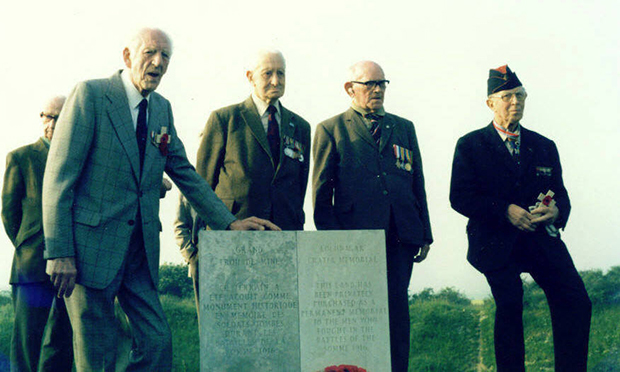
Delville Wood
The woods of the Somme are incredibly atmospheric. In Delville Wood nature has triumphed after the place known as Devil’s Wood to the troops was reduced to mere matchsticks by the bombardments.
One tree from the original wood survived, but today the wood has regrown and is alive with flowers in the spring, and deer walk the rides where once battalion after battalion was destroyed. Somehow it all seems incredibly appropriate: that the return of the land to what it once was makes the sacrifice bearable, if not worthwhile.
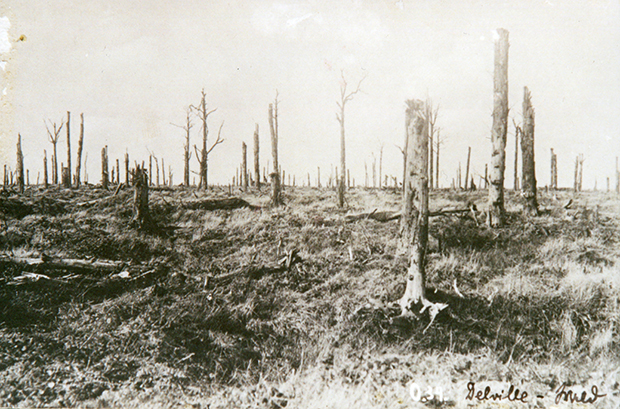
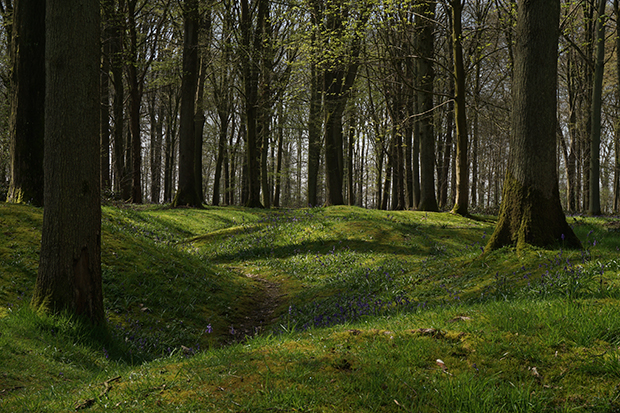
Newfoundland
Few trenches remain on the Somme, but at the Newfoundland Park a whole battlefield landscape was preserved not only making it possible to understand the static nature of WW1 but it is a place where you can sit and imagine the whistles blowing and men walking into machine-gun oblivion on the black day of 1st July 1916.
Here I think of my grandmother’s brother: shot through the legs as he went Over the Top that day.
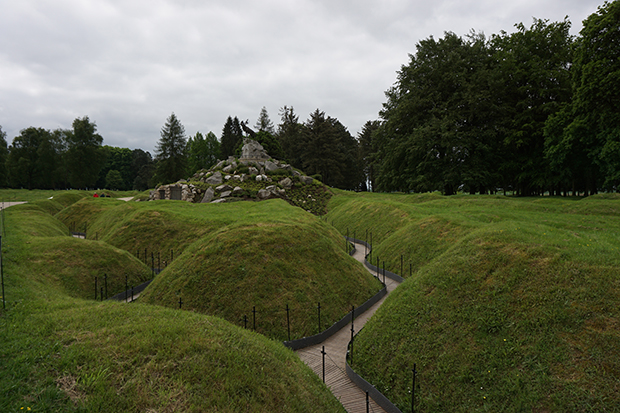
I’ve walked the Somme a thousand times, and I hope to continue to walk and visit it for many years to come, whether for television, with a Leger group or just on my own. It is a place that haunts you, and along its dusty lanes, and under the trees of its many woods, the voices of a generation of men still resonate.
The Somme will stand for so much to so many: sacrifice, tragedy or sheer bloody murder. But for me, it will always be a place where I can focus on the essence of the Great War: ordinary men in extraordinary circumstances, doing their bit in something they knew was bigger than them, and which defined the deaths of those who fell and the lives of the majority who came home. The Somme changed them all, and a hundred years later it can change us.
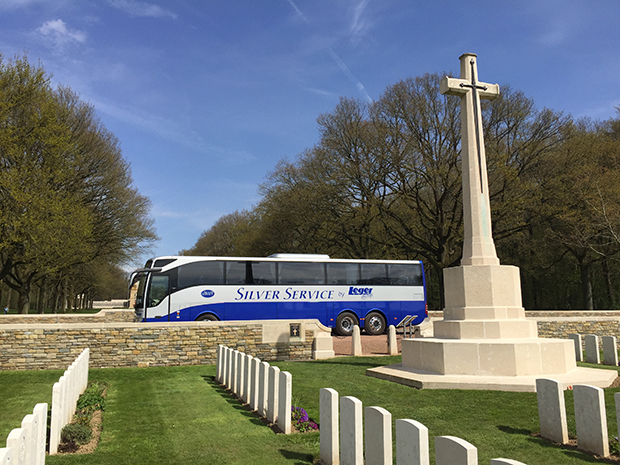
[divider]
Never miss a post from Paul. Sign up to receive alerts.
Paul Reed, our Head Battlefield Guide, will publish regular blogs including personal stories, new tour updates and plenty of interesting and factual information about the Battlefields of Europe and beyond. Sign up below and receive email alerts keeping you up to date with Paul’s blogs.
[divider]

